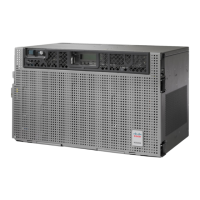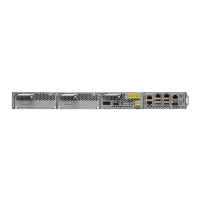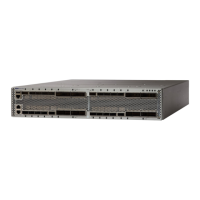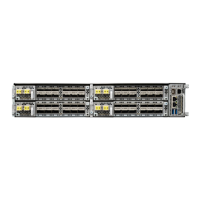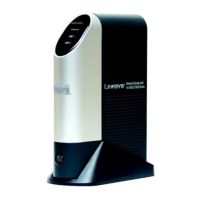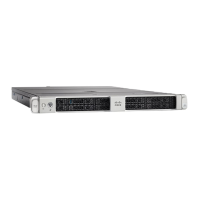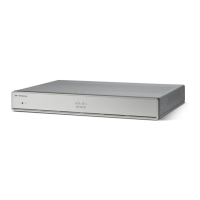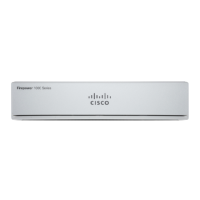DETAILED STEPS
Step 1 In node view (single-shelf mode) or shelf view (multishelf mode), double-click the TXP_MR_10G, TXP_MR_10E,
TXP_MR_10E_C, TXP_MR_10E_L, TXP_MR_2.5G, TXPP_MR_2.5G, MXP_MR_10G, MXP_MR_10E, ADM-10G,
and OTU2_XP card.
Step 2 Click the Provisioning > OTN > OTN Lines tabs.
Step 3 In the FEC column, click Enable to activate the FEC feature. This causes a different OTN frame to be transmitted.
Alternately, in the E-FEC column (TXP_MR_10E and MXP_MR_10E), click Enable to activate the Enhanced FEC
feature.
Step 4 Verify that the far-end card is configured the same way by repeating Step 1, on page 201 through Step 3, on page 201.
If the alarm does not get cleared, you need to report a Service-Affecting (SA) problem. Log into the Technical Support
Website at http://www.cisco.com/c/en/us/support/index.html for more information or log into http://www.cisco.com/c/
en/us/support/web/tsd-cisco-worldwide-contacts.html to obtain a directory of toll-free Technical Support numbers for
your country.
FEED-MISMATCH
Default Severity: Major (MJ), Service Affecting (SA)
Logical Objects: EQPT
The Feed Mismatch alarm is raised when the mandatory power module input feed based on Power Supply
Unit (PSU) configuration is disconnected or incorrectly connected.
The alarm is cleared when the mandatory feed connection of power module is connected as per the PSU
configuration. To re-configure the feed connection, refer to Power Redundancy .
FEPRLF
Default Severity: Minor (MN), Non-Service-Affecting (NSA)
Logical Object: OCN
The Far-End Protection Line Failure alarm occurs when there was an SF (TRUNK) , on page 390 condition
on the protect card APS channel coming into the node.
The FEPRLF alarm occurs on the NCS only when bidirectional protection is used on optical (traffic) cards
in a 1+1 protection group configuration.
Note
Cisco NCS 2000 series Troubleshooting Guide, Release 11.0
201
Alarm Troubleshooting
FEED-MISMATCH
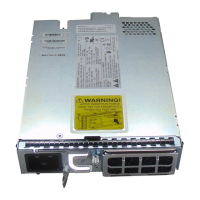
